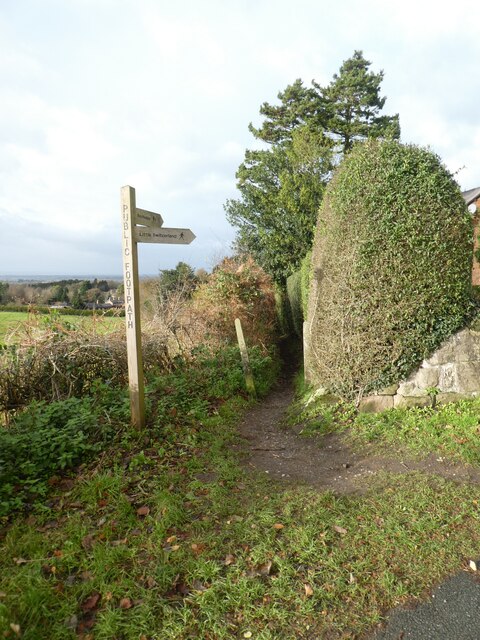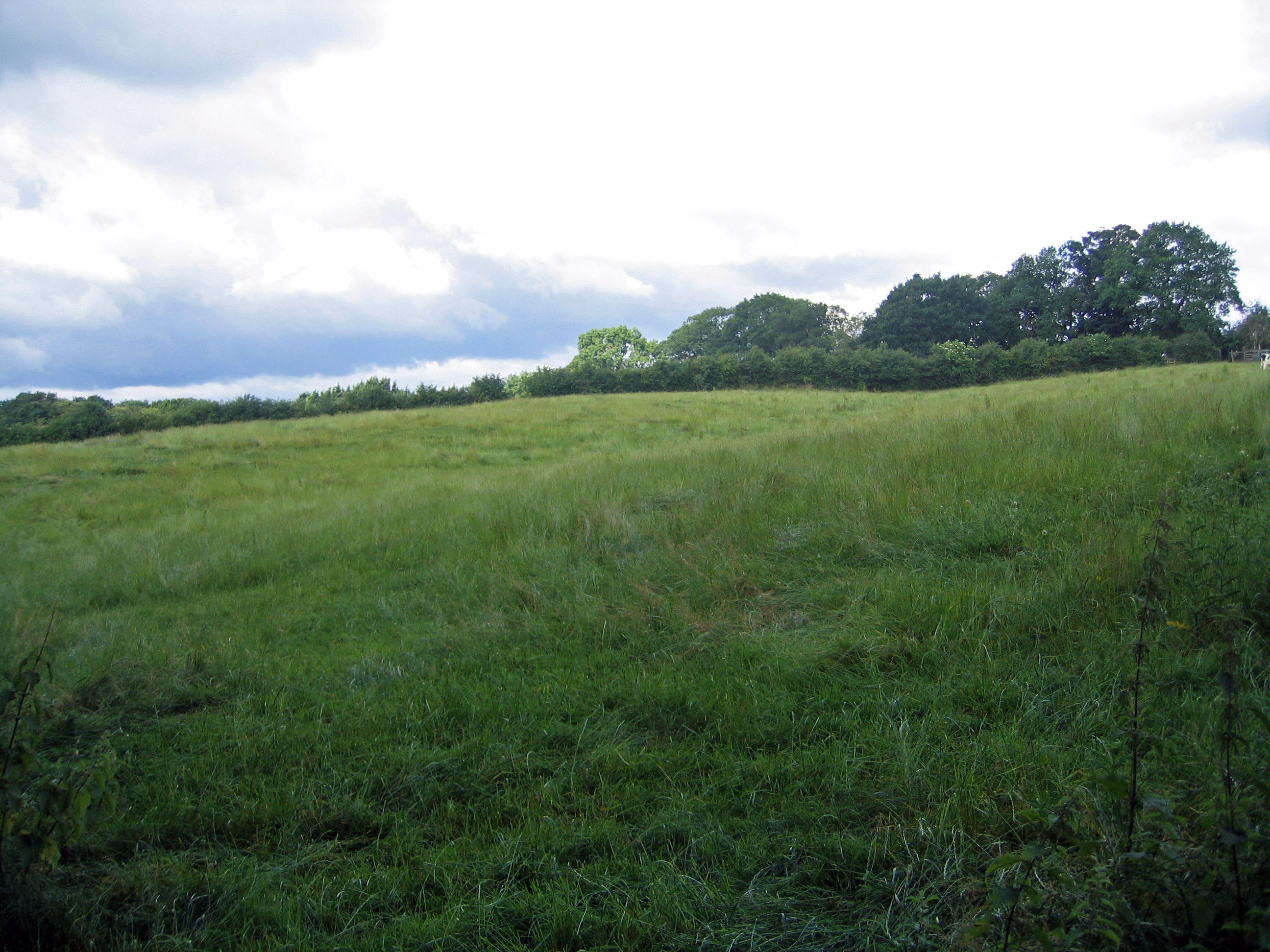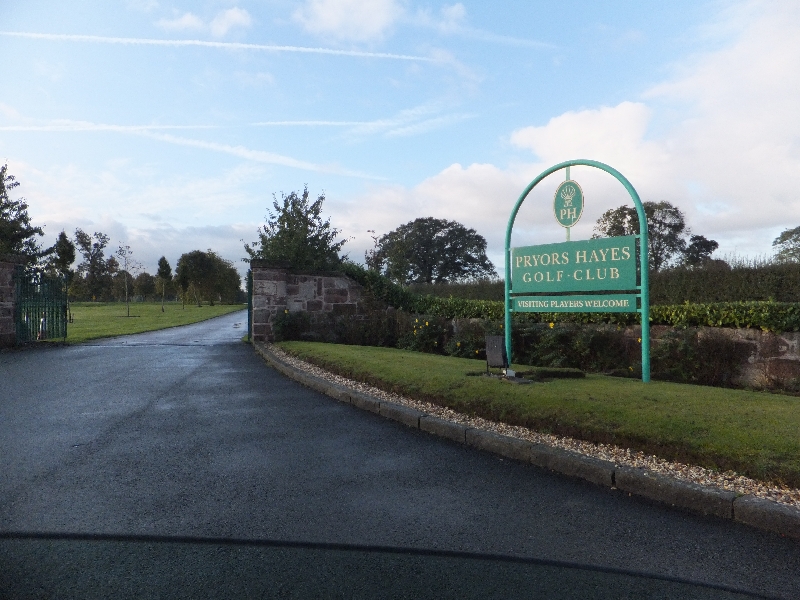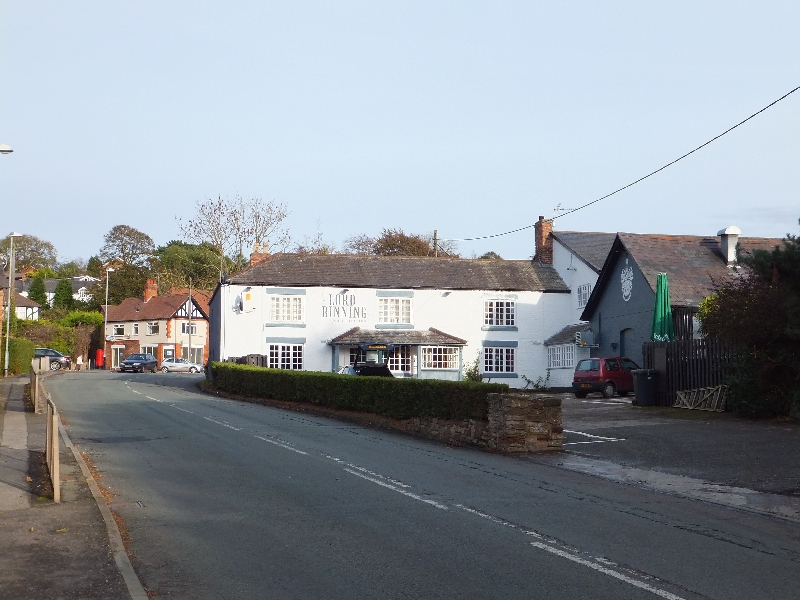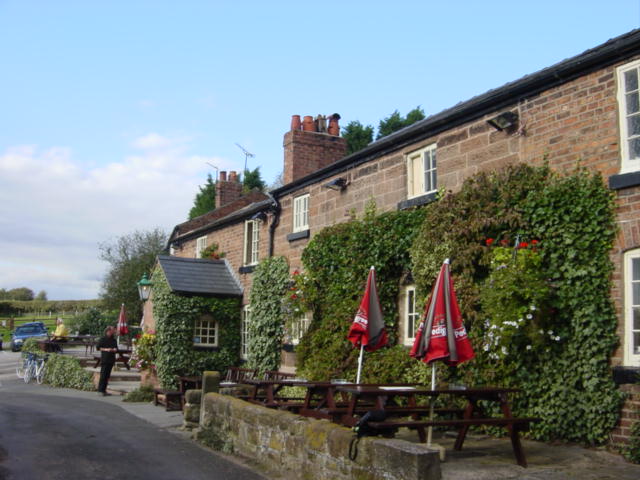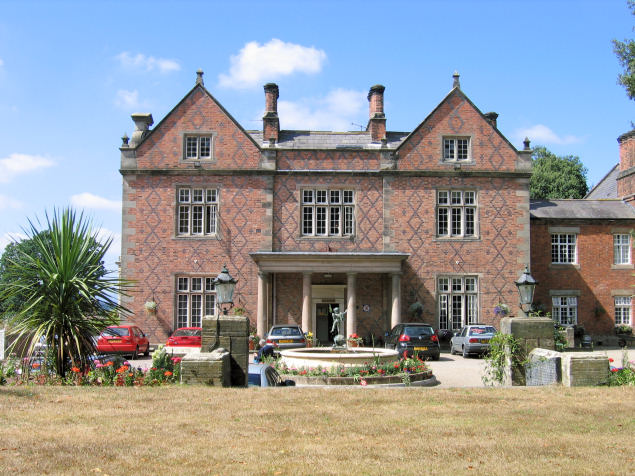Boothsdale
Valley in Cheshire
England
Boothsdale

Boothsdale is a picturesque village situated in the county of Cheshire, England, nestled within the tranquil Boothsdale Valley. It is located approximately 5 miles southeast of the town of Macclesfield and is surrounded by rolling hills, lush green fields, and a meandering river.
With a population of around 500 residents, Boothsdale exudes a strong sense of community and offers a peaceful and idyllic lifestyle. The village is characterized by its charming stone cottages and well-maintained gardens, giving it a timeless appeal.
The heart of Boothsdale is its village square, where a small but vibrant selection of shops, including a local bakery and a traditional pub, can be found. The community spirit is further fostered through regular events and gatherings, such as the annual summer fair and the Christmas market.
Nature enthusiasts are drawn to Boothsdale for its stunning natural surroundings, including the nearby Boothsdale Forest, which offers excellent walking and cycling trails. The river that runs through the valley is a popular spot for fishing and boating, providing opportunities for relaxation and recreation.
Boothsdale is well-connected to neighboring towns and cities, with good road links and a nearby train station, making it an attractive location for commuters. The village is also within close proximity to several reputable schools, adding to its appeal for families.
Overall, Boothsdale, Cheshire, is a charming and welcoming village, offering a serene and picturesque setting with a strong community spirit.
If you have any feedback on the listing, please let us know in the comments section below.
Boothsdale Images
Images are sourced within 2km of 53.200832/-2.7016659 or Grid Reference SJ5367. Thanks to Geograph Open Source API. All images are credited.




Boothsdale is located at Grid Ref: SJ5367 (Lat: 53.200832, Lng: -2.7016659)
Unitary Authority: Cheshire West and Chester
Police Authority: Cheshire
What 3 Words
///hovered.companies.pillow. Near Kelsall, Cheshire
Nearby Locations
Related Wikis
Kelsborrow Castle
Kelsborrow Castle is an Iron Age hill fort in Cheshire, northern England. Hill forts were fortified hill-top settlements constructed across Britain during...
Prior's Heys
Prior's Heys is a former civil parish, now in the parish of Tarvin, in the Borough of Cheshire West and Chester and ceremonial county of Cheshire in England...
Kelsall
Kelsall is a village and civil parish in the unitary authority of Cheshire West and Chester and the ceremonial county of Cheshire, England. It is located...
St Philip's Church, Kelsall
St Philip's Church is in the village of Kelsall, Cheshire, England. It is an active Anglican parish church in the deanery of Chester, the archdeaconry...
Boothsdale
Boothsdale is a village in Cheshire, England. It is part of the civil parish of Willington.
Willington Hall
Willington Hall is a former country house in the parish of Willington, Cheshire, England. It was extended in 1878, but reduced in size in the 1950s, and...
Willington, Cheshire
Willington is a village and civil parish 9 miles (14 km) from Chester in Cheshire, England. At the 2011 census, the population was 277.The village contains...
Tirley Garth
Tirley Garth is a large country house some 2.5 miles (4 km) to the north of Tarporley, Cheshire, England. The house together with its entrance courtyard...
Nearby Amenities
Located within 500m of 53.200832,-2.7016659Have you been to Boothsdale?
Leave your review of Boothsdale below (or comments, questions and feedback).
